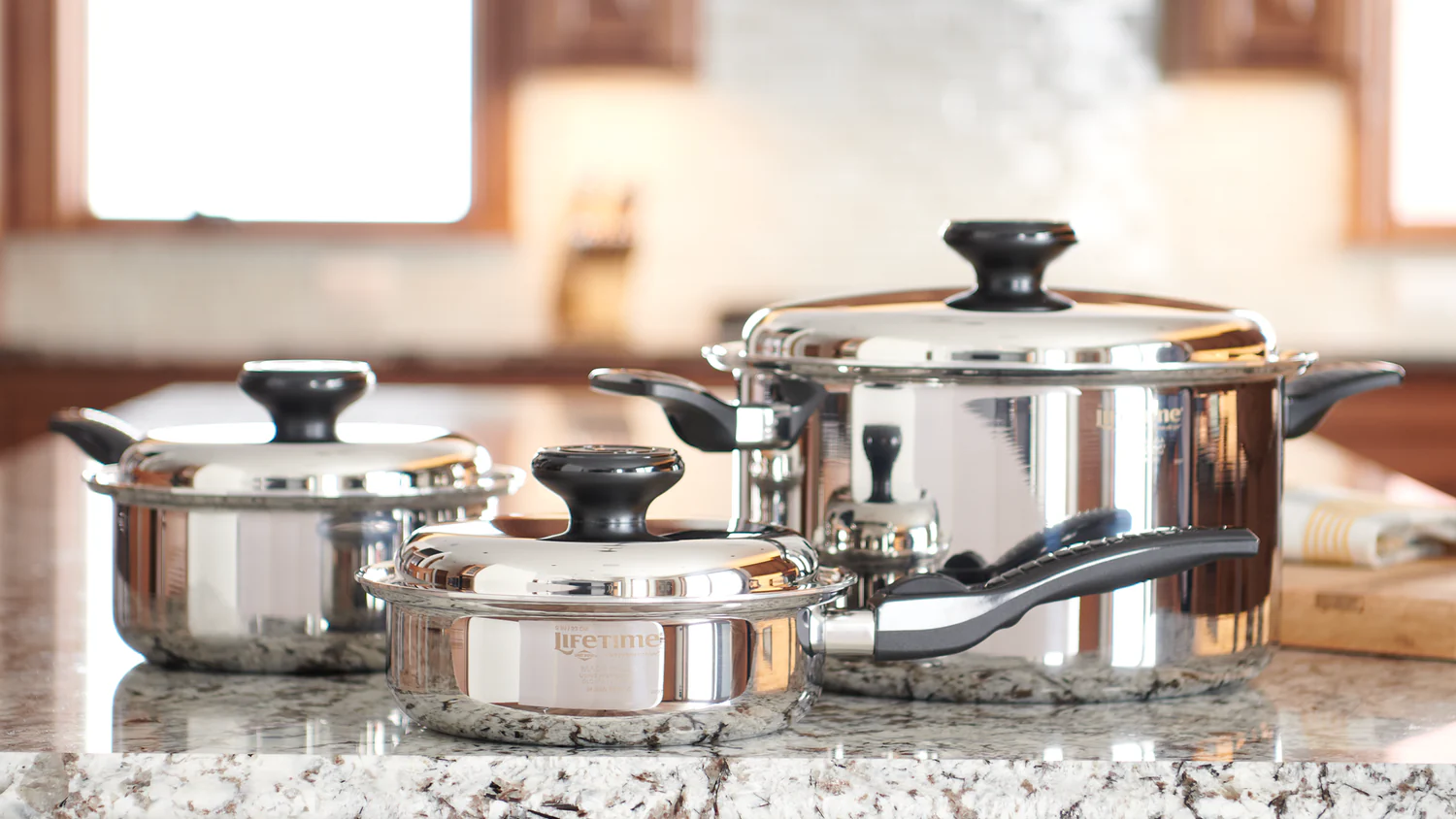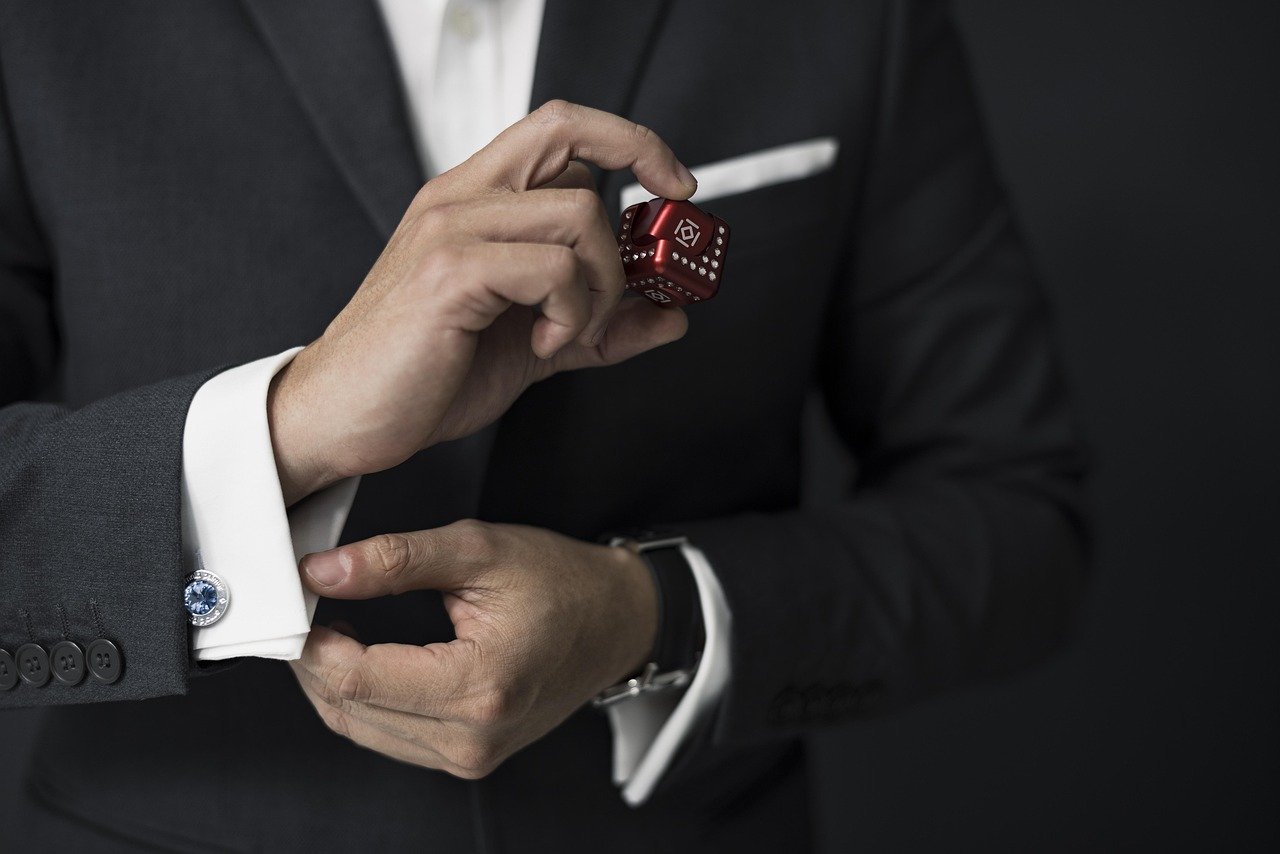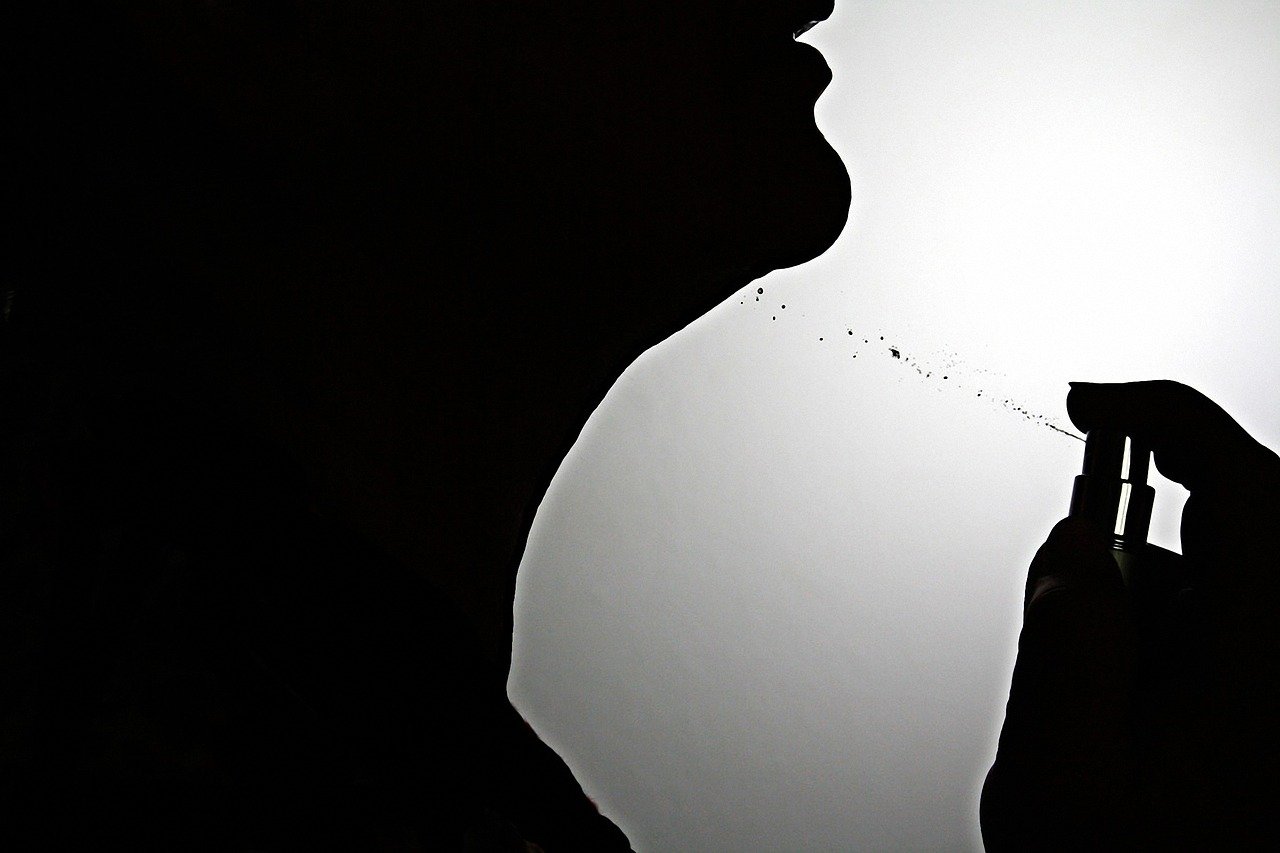Greaseless cookware helps you prepare healthier meals without the need for extra oil or butter, allowing natural flavors to shine through. Taking care of your greaseless cookware keeps it performing well, makes cleaning easier, and helps it last longer. Here are some tips for keeping greaseless cookware clean and in top shape:
Clean It Right Away
Immediate cleaning prevents the hardening of food residues, which can permanently bond to the surfaces of cookware. Most cooking residues can be cleaned out using warm water and a mild dish soap. This is especially ideal for pans that are still a little hot. Use warm, soapy water to soak stubborn residues. Rinse them off a few seconds later to help loosen the particles without the need for scrubbing and harsh chemicals.
A mild abrasive, composed of baking soda and water, can help remove burnt-on foods without damaging the surface. Never use harsh scrubbing pads, steel wool, or abrasive cleaners, as they can permanently damage non-stick cookware. Wooden or silicon utensils prevent scratches on the surface of your pans. For cast iron, hot water and salt can be used to clean the surface. This retains the coating and eliminates food particles.
Complete drying prevents rust and preserves the coating layers, which give natural non-stick qualities. Maintenance cleaning makes sure that cookware is maintained in optimal condition, allowing it to perform well when used for greaseless cooking over an extended period. After cleaning, store the cookware in dry, well-ventilated areas. This may lead to improved durability and longevity. Using protective pan covers or paper towels between stacked pans can help prevent damage to non-stick surfaces. Avoiding metal utensils also reduces wear on the coating and keeps cookware surfaces smooth.
Use Proper Seasoning Techniques
Quality non-stick surfaces help prevent food from sticking and reduce the need for extra oil. With proper care, cast iron develops a natural polymerized coating that acts as a non-stick layer. Greaseless cookware has smooth surfaces that release food easily, so less fat or oil is required.
Stainless steel pans can also perform well when thoroughly preheated and handled properly. Carbon steel cookware behaves much like cast iron, forming seasoning layers over time that improve non-stick performance. Even enameled cookware benefits from gentle handling and proper heating to maintain its smooth finish.
Control Heat While Cooking
Excessive heat causes certain foods to attach to metal surfaces. This results in adhesions that require scraping or the use of oils. Medium heat allows food to cook without sticking. Gradually preheating your pan establishes an even temperature distribution, preventing hot spots that can result in uneven sticking patterns. Eggs, fish, and tender vegetables are suited to low but controlled heating as opposed to high temperatures. A water droplet test can help determine the optimal preheating temperature. Droplets must form and evaporate within a few seconds on properly heated surfaces.
Cooking methods that involve high levels of heat, such as searing, should be used sparingly and only in special applications, not in day-to-day food preparation. Uniformity of temperature during cooking makes sure that foods do not solidify and stick to the pan surfaces unpredictably. Learning how to control heat when cooking will help you prevent damage to your cookware.
Buy Quality Greaseless Cookware
Following these greaseless cookware methods may help preserve your pots and pans. With proper heating, timing, and cleaning, you can maintain the non-stick performance of your cooking tools. Incorporating methods like steaming further limits oil use and helps protect nutrients. Apply these care techniques to keep your cookware performing at its best and support healthier cooking. Start your search for a quality cookware vendor online today.
You May Also Like: Top Trends Shaping Kitchen Cabinet Hardware Manufacturers This Year











